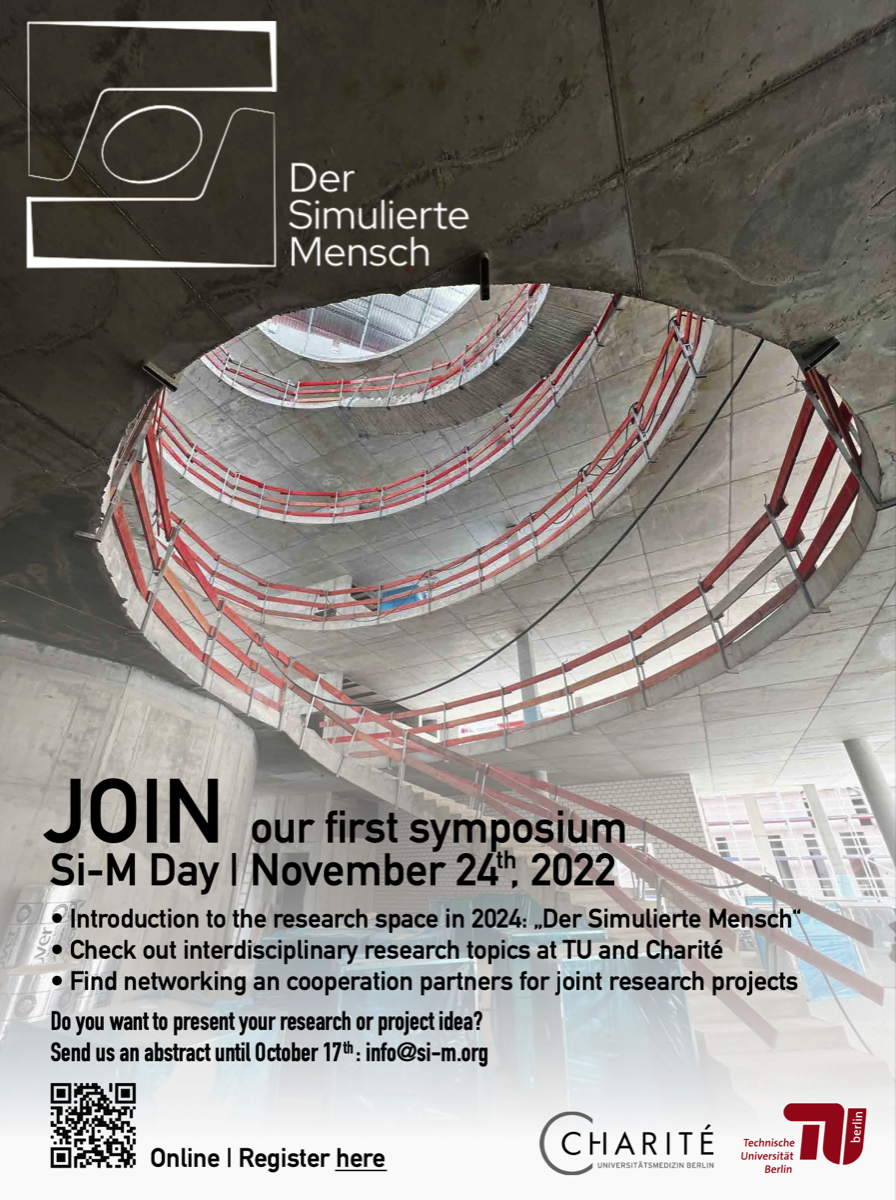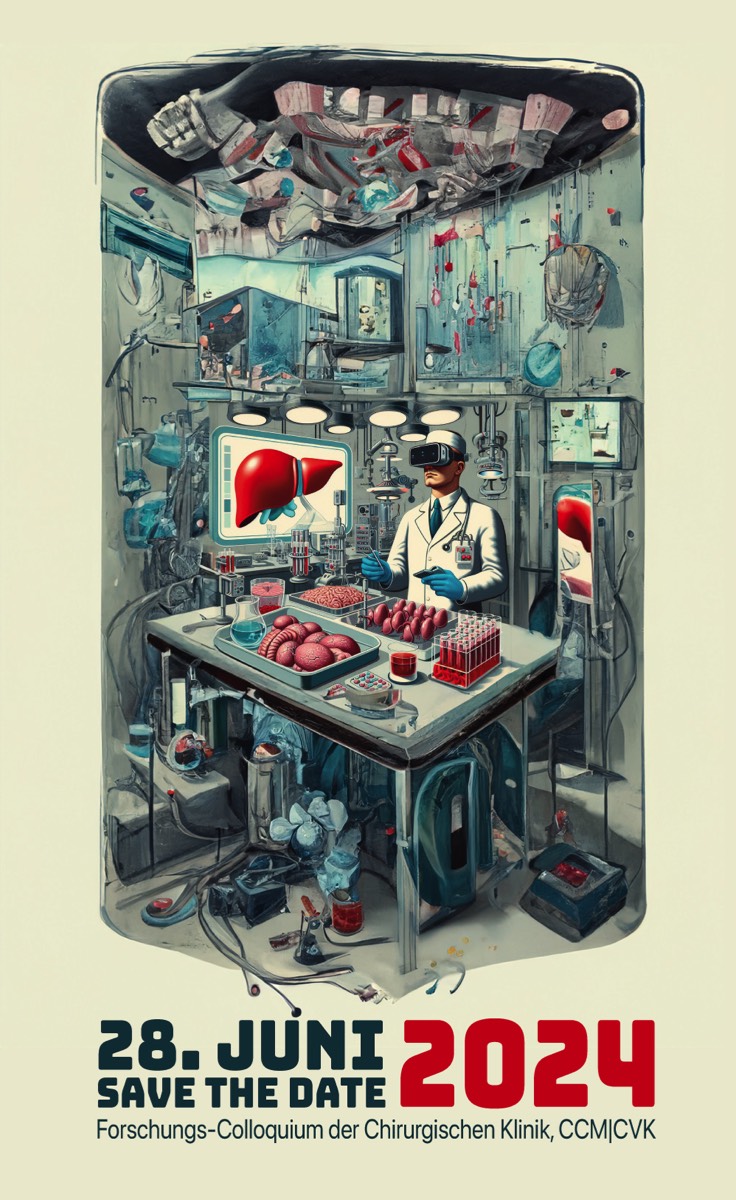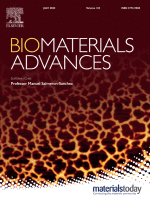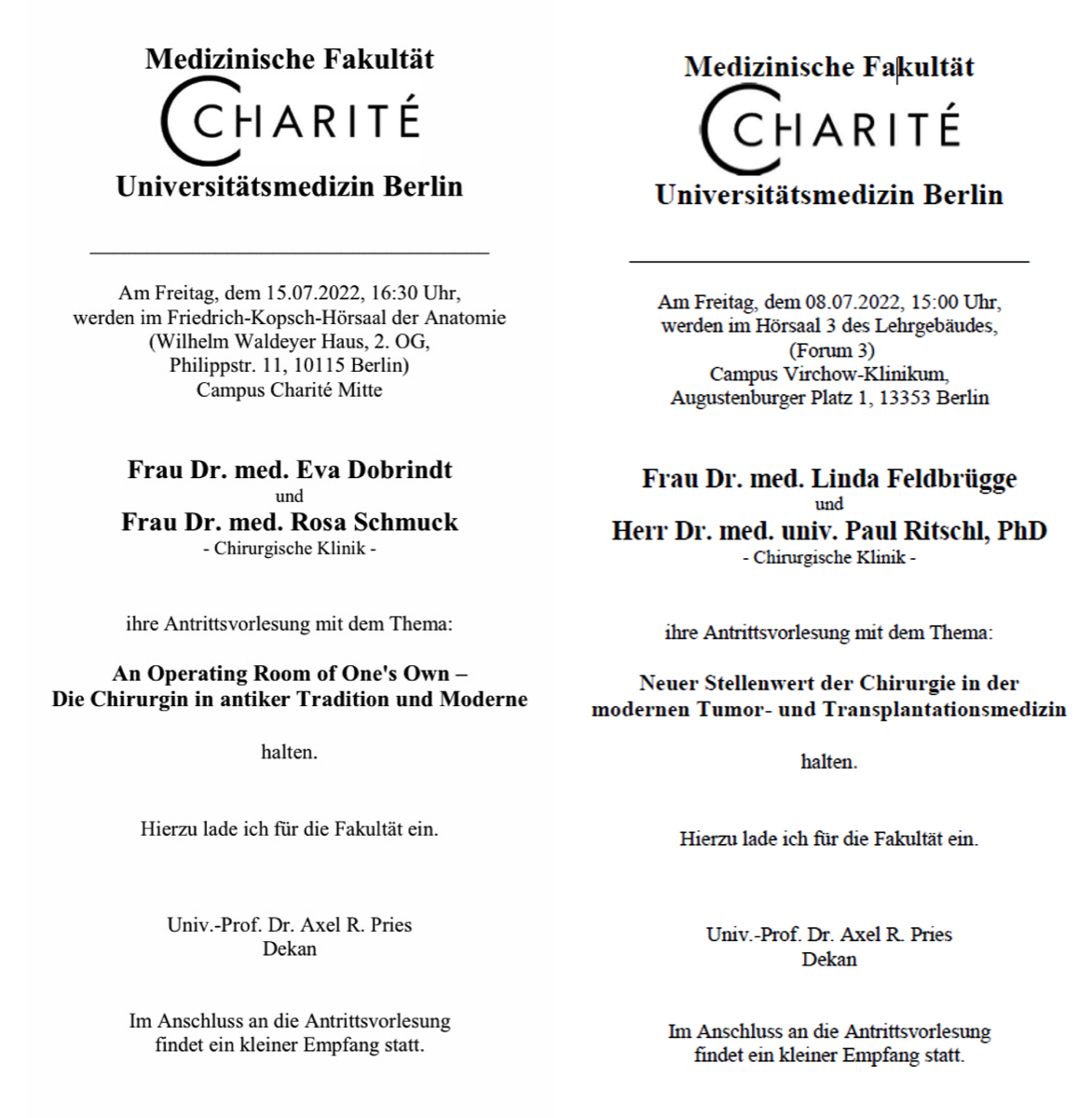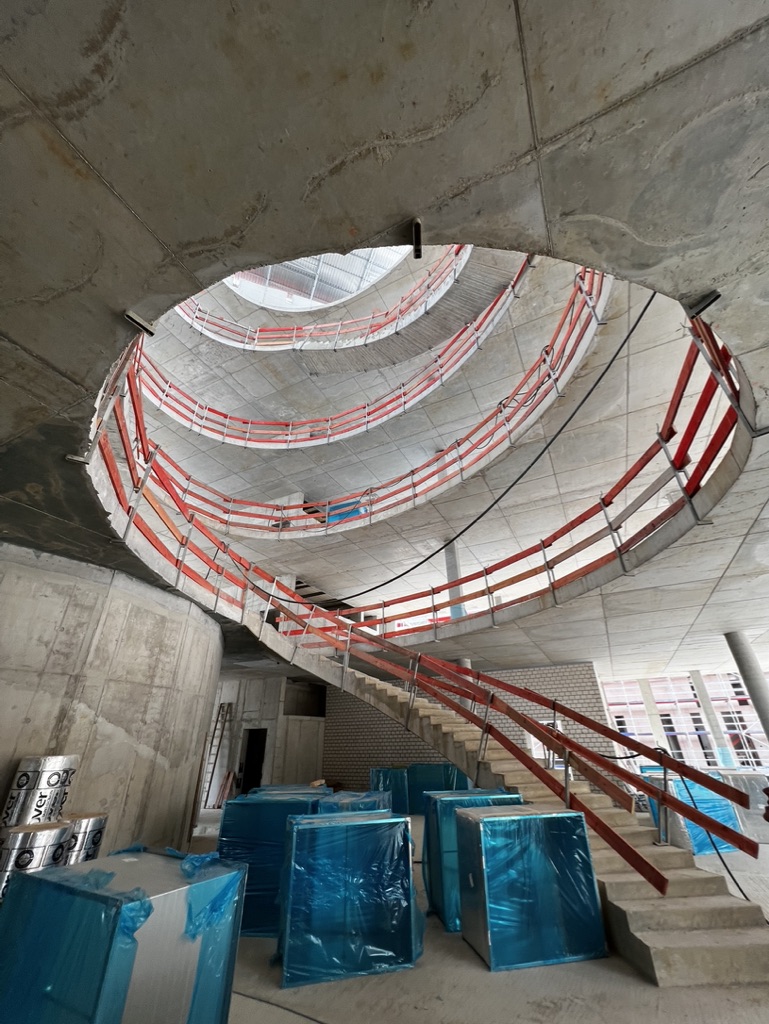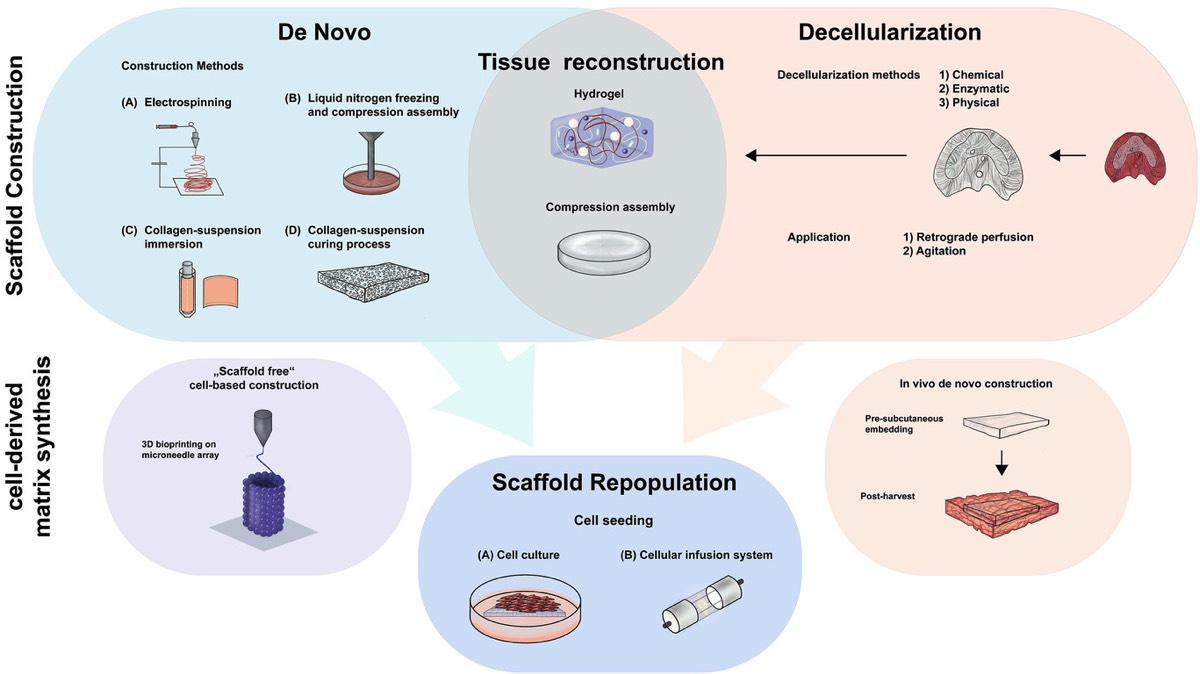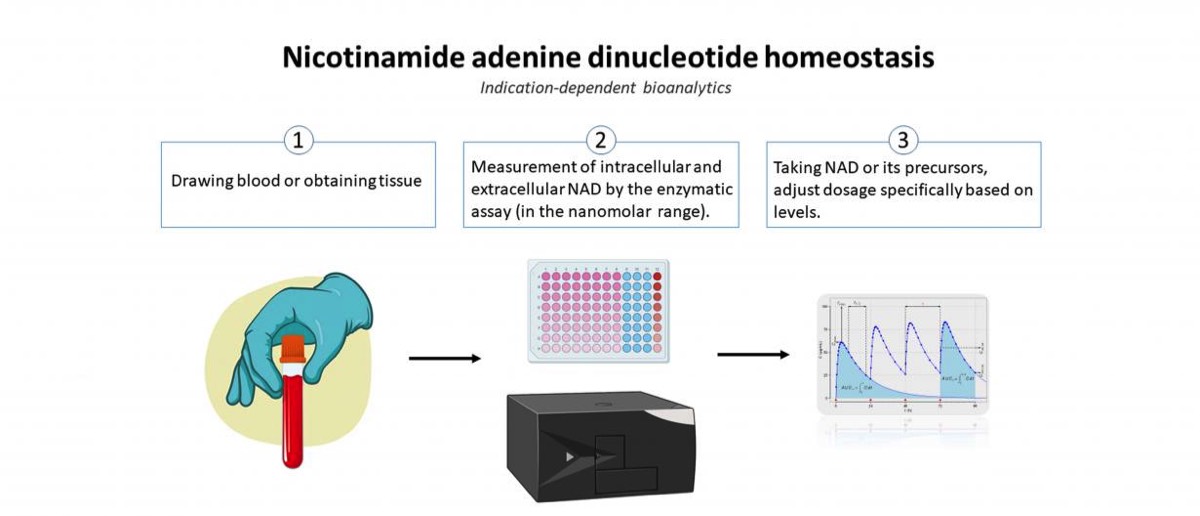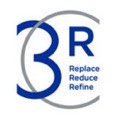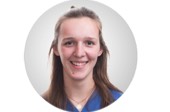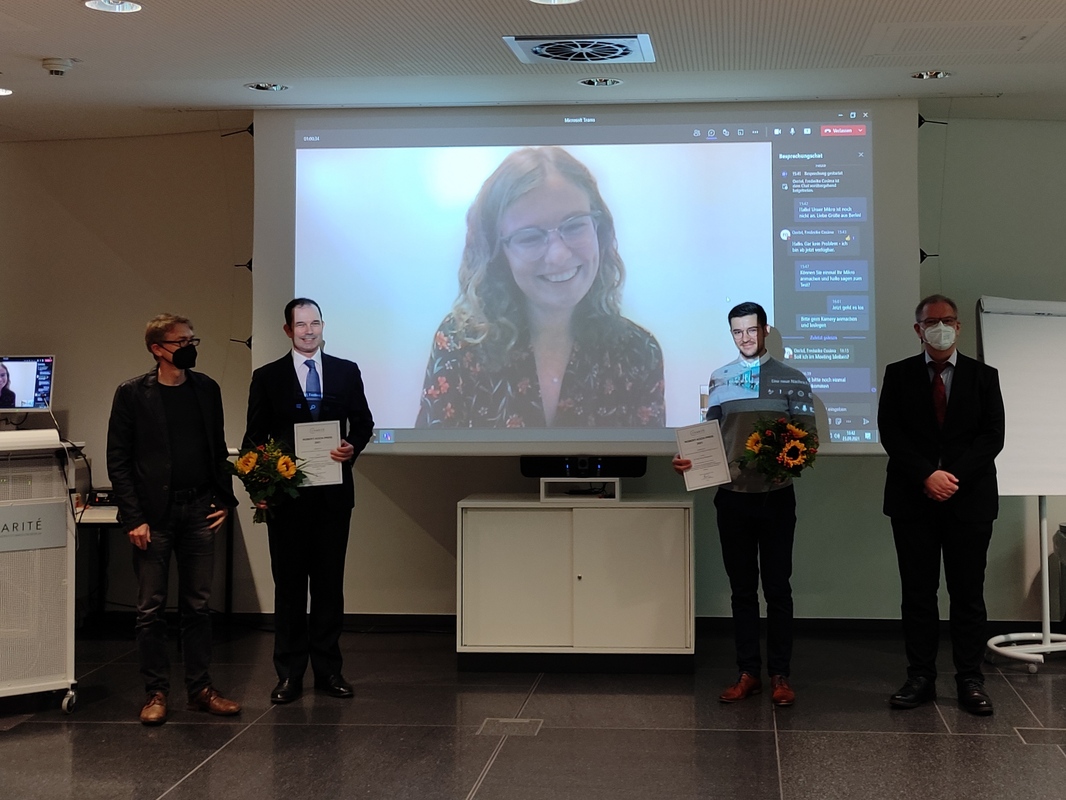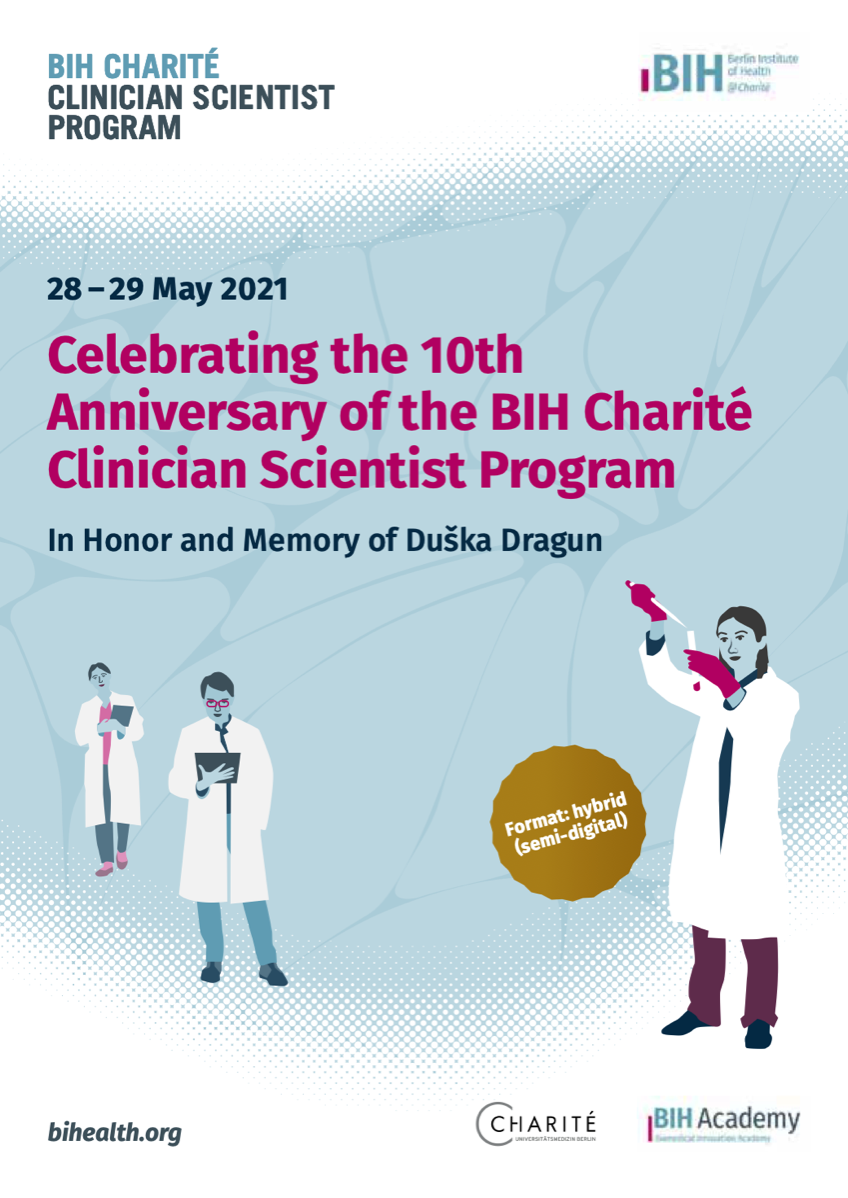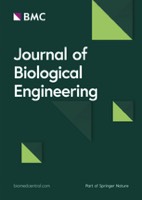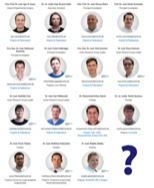28 May 2021 - 29 May 2021
BIH Charité Clinician Scientist Symposium in Honor and Memory of Duška Dragun
The symposium is composed of several components: First and foremost, it will commemorate Prof. Duška Dragun, the former Director of the BIH Biomedical Innovation Academy (BIA) and Director of the BIH Charité Clinician Scientist Program, who passed away in December 2020, and will be joined by stakeholders from academia and science policy. In addition, there will be scientific sessions, which will form tandems of program fellows and invited speaker. During a digital certificate ceremony on the evening of 28 May 2021, some 50 alumni will be bid farewell. The event language is English.
When
28 and 29 May 2021
10:00 - 6:30 pm
How
Online Event (semi-digital)
Registration
To receive the login link please register
here.
